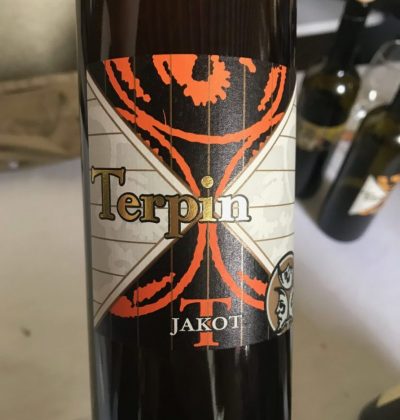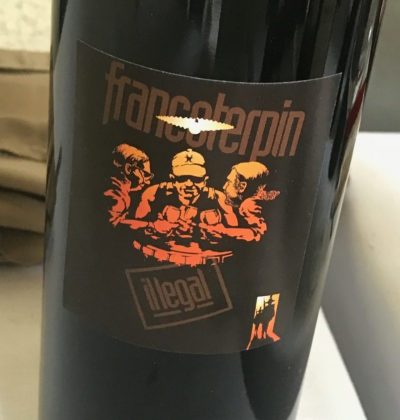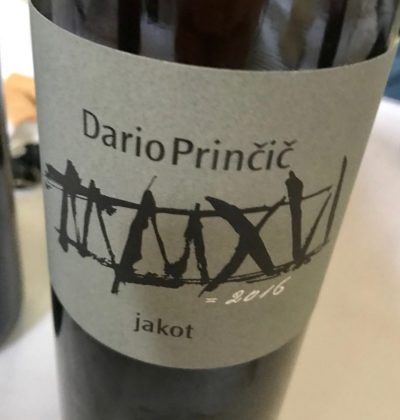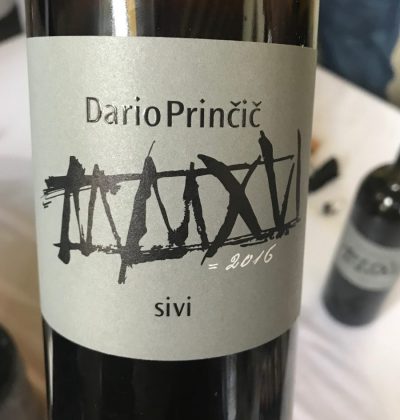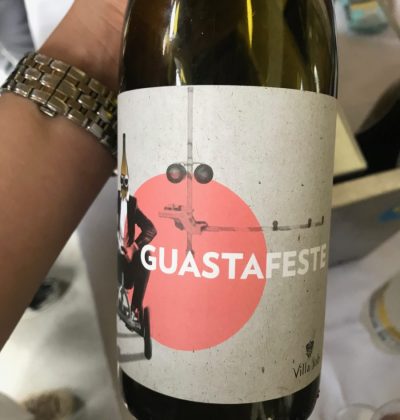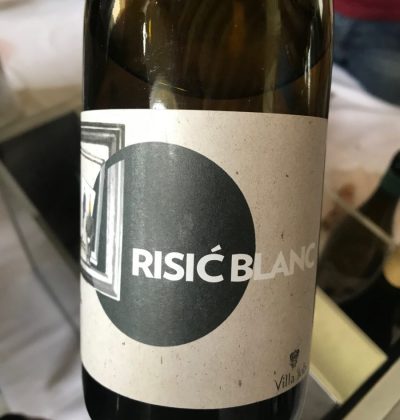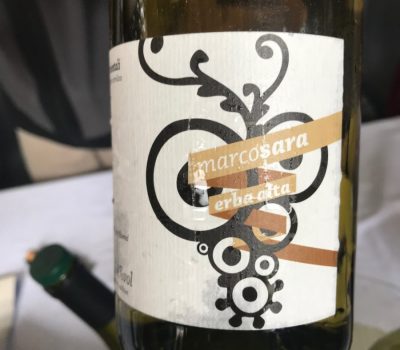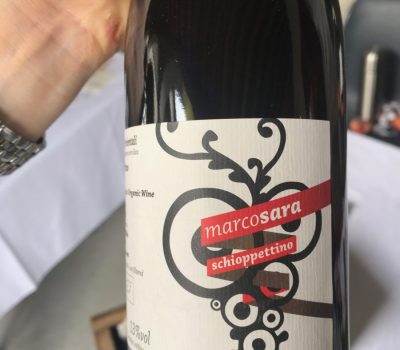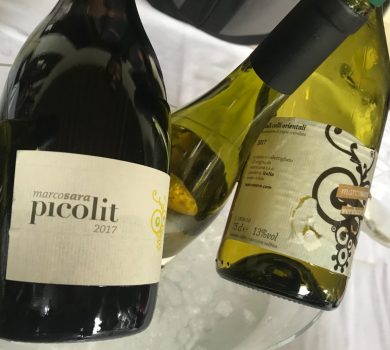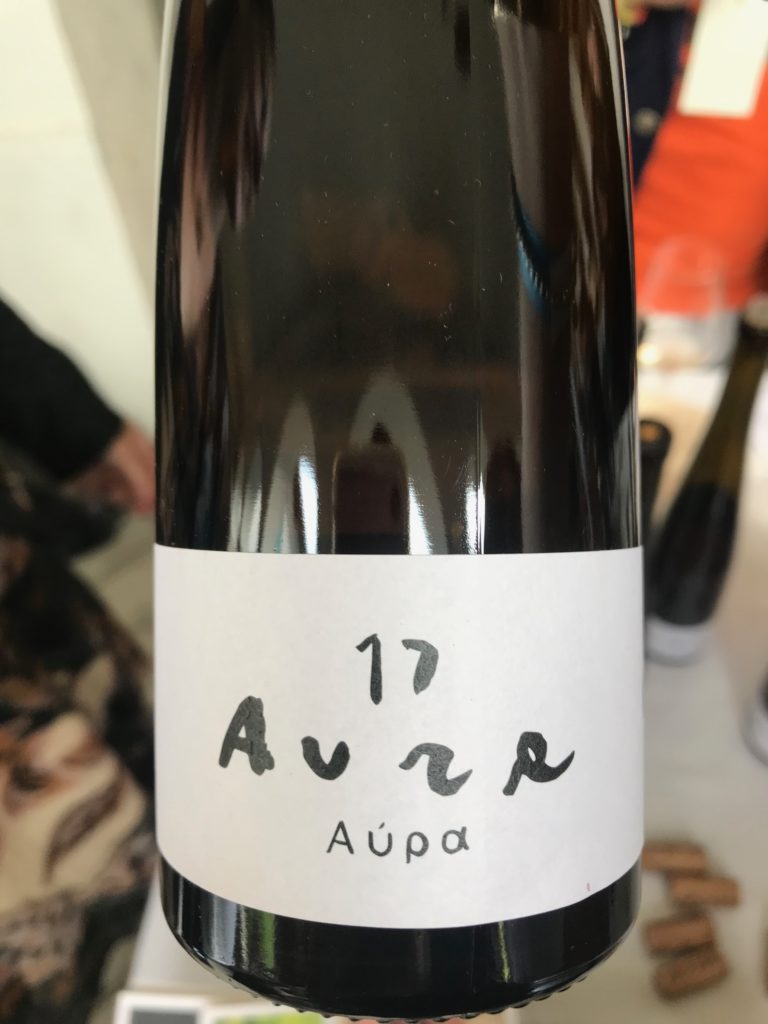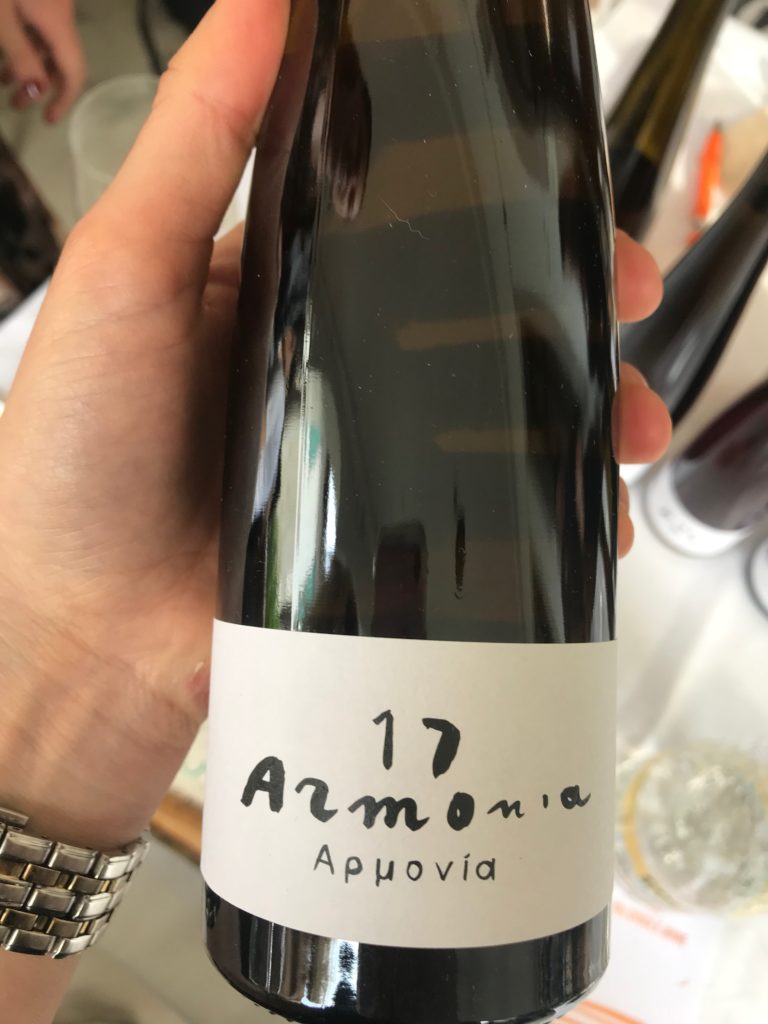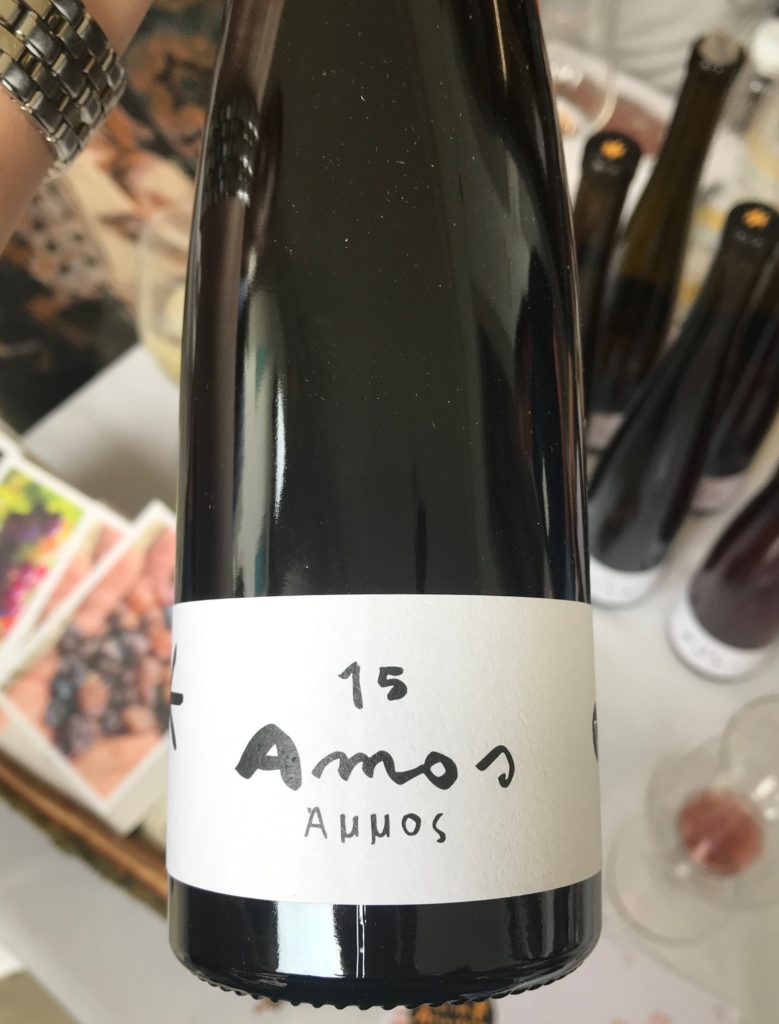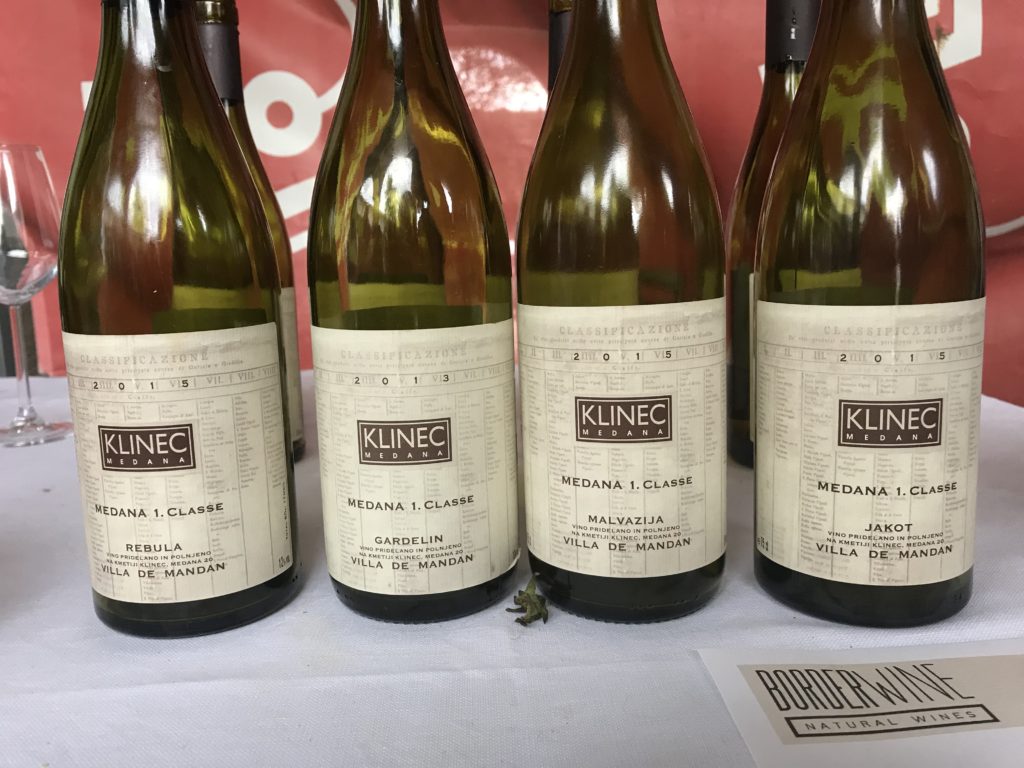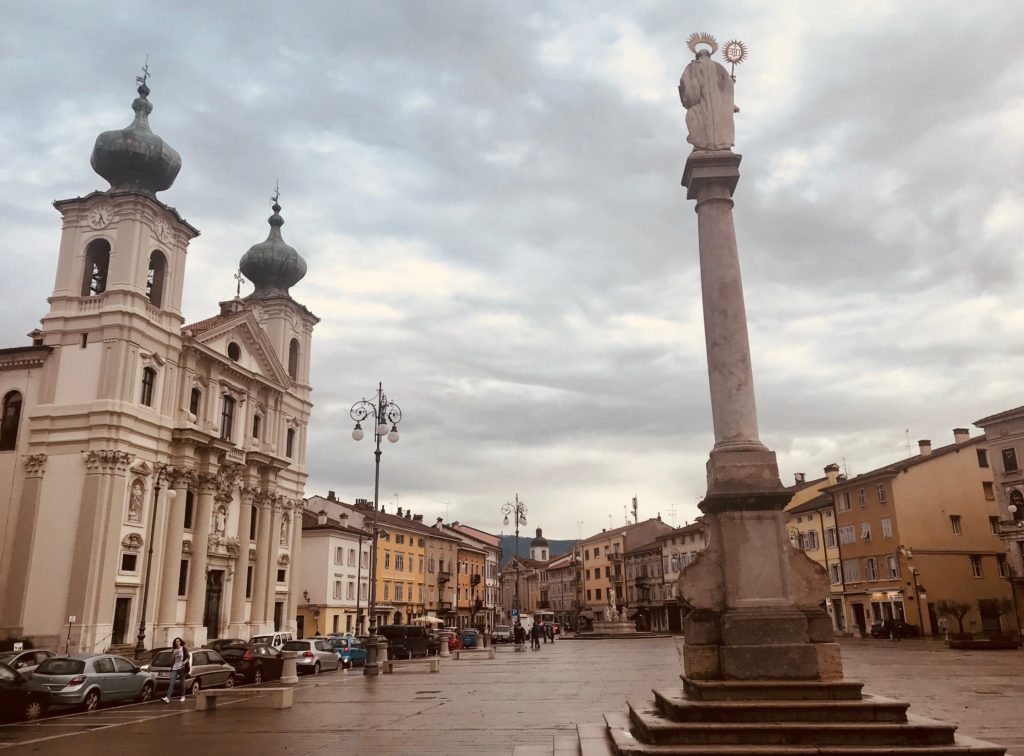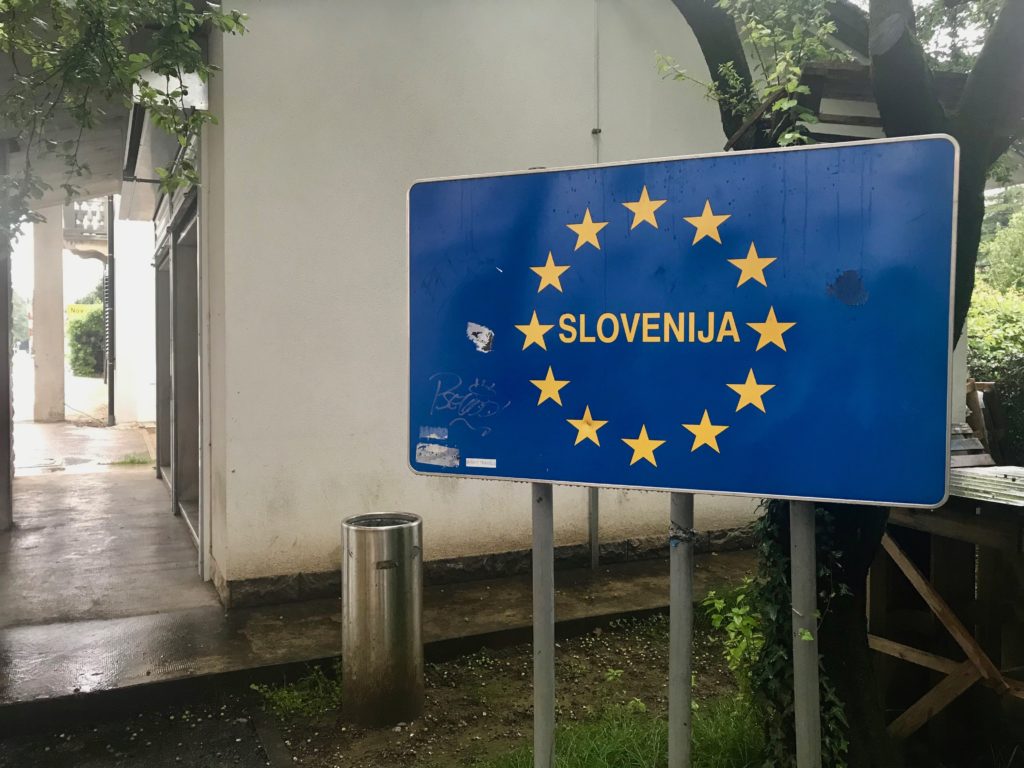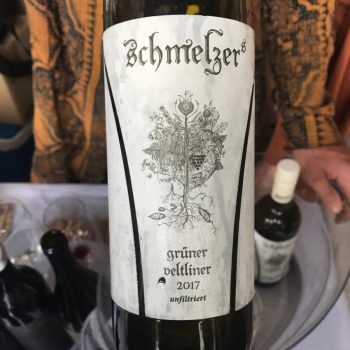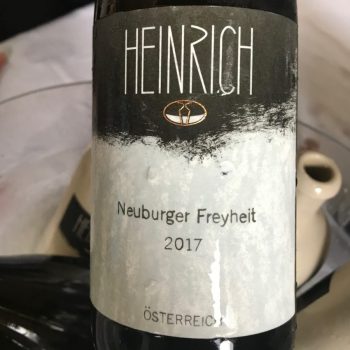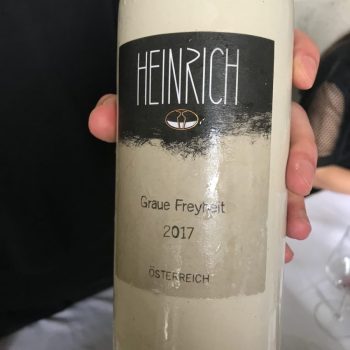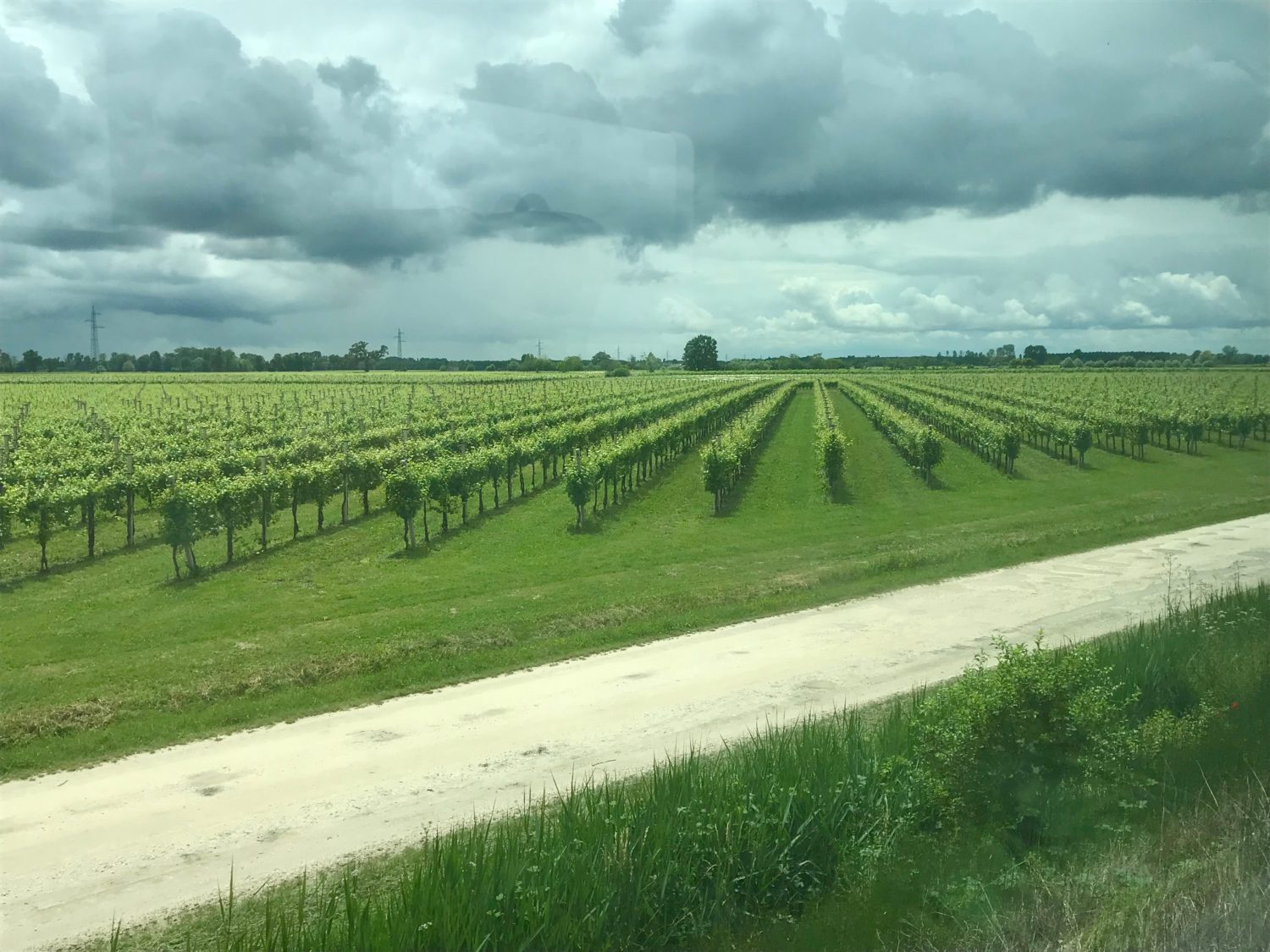Border Wine
Festival
Friuli, IT 2019
Top Wines from Border Wine
in Cividale del Friuli, Italy - May, 2019
The annual Border Wine event in Friuli, Italy is a great place to try top natural wines from Italy, Slovenia, and Austria. Well known producers as well as new boutique winemakers showed off their latest bottles in the beautiful town of Cividale del Friuli, near the Slovenian border.
For travelers, the quaint border town of Gorizia connects Italy with Slovenia and can be easily traversed by foot or bike. The crossing is marked with nothing more than a sign and vintage train car as shown above.
Italian Wines
The local winemakers from Friuli-Venezia Giulia, in northeast Italy, definitely stole the show. Franco Terpin’s 2012 Jakot demonstrated just how age-worthy the Friulano grape can be. With a few days maceration, a year in wood and now more than 5 years in the bottle, it displayed dried stone fruit and nutty character, yet was still very lively and youthful. Terpin’s 2015 magnum of “Il legal” white wine also proved delicious. This undisclosed blend from a previously abandoned vineyard had a rustic complexity, more pronounced tannins and baking spice undertones, due to extended skin contact.
Dario Prinčič’s Jakot (Friulano) and Sivi (Pinot Grigio) biodynamic wines also stood out to me. The 2016 Jakot sees 25 days on the skins in large oak, then stainless steel and finally 6 months in the bottle before release. The 60+ year old vines give a more herbacious and savory character than other Friulano wines. The 2016 Sivi (Pinot Grigio), sees only 8 days on the skins before aging in wood and stainless steel.
The Guastafeste Pinot Grigio from Villa Job is a beautifully perfumed and fruit driven wine. It does a great job demonstrating Pinot Grigio’s playful yet memorable personality due to the 2 month open maceration.
Villa Job’s super interesting Risić Blanc is a blend of not only grapes, but also vinification methods. 80% is Malvasia and Sauvignon fermented in concrete with light maceration, then aged in concrete and wood for 6 months each. The remaining 20% is Pinot Grigio done in the Solera style, mixed with the previous vintage, and then aged in old wood. The two are then aged in bottle together for at least 2 months. The result is a wine that unfolds to reveal many layers, floral aromas and a long finish.
Marco Sara stands out from the crowd with unmacerated whites, intended to highlight the elegant nuances of the grapes without any interference or weight from the skins. The Erba Alta (Friulano) from their 60 year old vineyard was bright and citrusy, with good depth and almond notes coming through. The native red Schioppettino was perfumed with red fruit, medium tannins and structure. Other notable wines included their Verduzzo and Picolit.
Heading west to Piedmont, the duo behind Val di Sole are using native Italian grapes to make intriguing wines with a Greek twist. In 2015, Italian and Greek co-founders Giuseppe and Kyriaki started off small with an abandoned half-hectare vineyard of Nebbiolo. Today, they have now grown to make a range of whites, rosés and reds. Their 2017 Aura orange wine is that of white Moscato (originally of Greek origin), fermented dry and macerated for 30 days in stainless steel. Aura is floral and honeyed, balanced by toasted elements and evident tannins coming from the 9 months of aging in new and old barrique. Their Armonia, an Arneis with 30 day skin maceration in acacia wood is highly uncommon for the grape, as is its blending with 20% dry Moscato. Experimentation paid off with these unique whites, as well as with their 2015 Nebbiolo, Amos. This fresh and exciting Nebbiolo is fermented in stainless steel with the skins for 20 days and then aged in old wood and bottle. This wine is uniquely approachable with well- integrated tannins and balanced acidity.
Slovenian Wines
The full line-up of Klinec wines from the remarkable Goriška Brda region of Slovenia exceeded my already high expectations. This area situated between the Adriatic Sea and Julian Alps provides a perfect climate and fossil-rich soil for viticulture. While hard to pick, my favorites were the 2015 Rebula, and the 2013 Gardelin, made from Pinot Grigio.
All of Klinec’s whites undergo skin maceration for about 2 weeks and can be considered orange wines. They are then aged in acacia and/or mulberry wood on the lees for 2 to 3 years, before being “filtered” by way of transfer to stainless steel. The attention to detail and care that goes into these wines is very evident in the complexity and nuanced medley of ripe stone fruit, spice and herbs you experience with every sip of their Rebula. The Gardelin Pinot Grigio was equally as intriguing, rich with intense floral aromas and a slight angostura bitter character that captures your attention. It’s medium bodied and finishes with abundant minerality, a truly great wine with food or to drink on its own.
Nando and Reia were also in attendance, showcasing their unmacerated and macerated expressions of Rebula, Malvazija and Jakot/Friulano. Please check out my Live Wine Milan 2019 post for notes on them. Unfortunately, Stekar was already done with their day’s allocation when I arrived, so I did not get the chance to taste their renowned wines.
Austrian Wines
Not easily found in Italy, I was eager to explore the Austrian wines on offer at Border Wine. I was first taken with Schmelzer’s macerated, unfiltered Gruner Veltliner, a wine that felt familiar yet mysterious. Typically an easy-going, low alcohol wine, this certified Biodynamic Grüner possessed more exotic fruit notes, and finished with a prolonged citrusy acidity. This handcrafted Grüner is “unplugged”, therefore not pressed or pumped over, evoking a truly natural expression of the grape and its unique terroir. Located in eastern Austria by Lake Neusiedl, Georg Schmelzer also makes a portfolio of dynamic pet nats, whites, roses and reds to seek out.
A stone’s throw from Schmelzer lies Weingut Heinrich, another great biodynamic producer. The Neuburger Freyheit, from the native Neuburger grape was juicy and rich in orchard fruit, with enough acidity to leave you wanting more. Also appealing was their Graue Freyheit, a blend of 40% Grauer Burgunder (Pinot Grigio), 40% Chardonnay, and 20% Weißburgunder (Pinot Bianco). The three varietals from different vineyard plots come together as a symphony of flavors and aromas that pick up where the others leave off. Layers of fruit interplay with dried herbs and earth, before giving way to minerality. The grapes see 15 days of skin contact before aging with their lees in old oak for 14 months. Finally, they are bottled without sulfites, in beautiful clay bottles.
Head to Border Wine to explore the association and various events. For more about organic and natural wine fairs please head to my annual events page.
